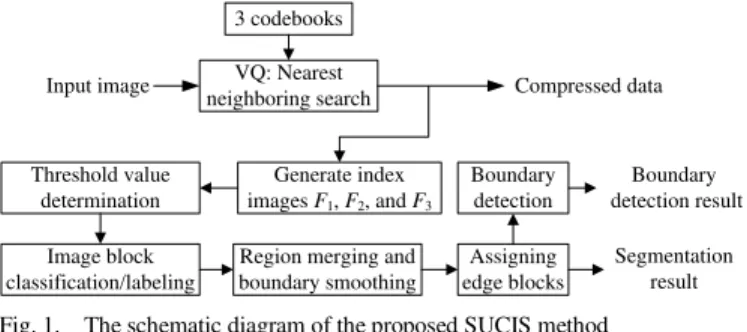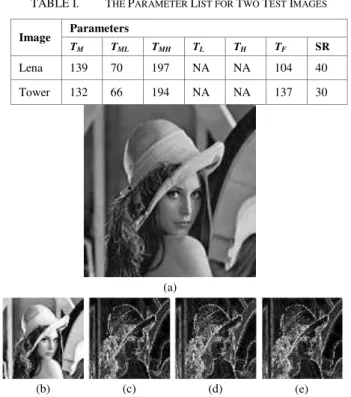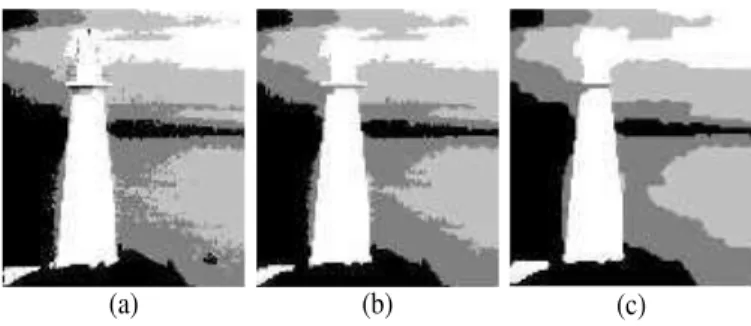Segmentation using Codebook Index Statistics for Vector Quantized Images
Texto
Imagem




Documentos relacionados
Objec- tive: Assess and compare the reproducibility of buccal and lingual bone plate thickness measurements in CBCT images using different image acquisition protocols, with
Quad tree function is able to segment images in various sized blocks.(9, 10) So that the image would be segmented to large blocks in low resolution areas
This paper analyses the impact of using different image processing techniques to minimise the impact of noise in the images used: histogram equalisation, contrast normalisation
Query Image and/or Database Image Extract Metadata from xml files of all the database images Text Feature vector Image Feature Vector Text matching using cosine
First we are separating the image into R, G, B planes and then decomposing the image plane into 4 blocks and applying DCT transform over row mean vectors of each block
This paper proposes a method to embed data in Discrete Wavelet Transform coefficients using a mapping function based on Genetic Algorithm in 4x4 blocks on the cover image and,
Initial search based on a query image and the selection of a representative group of images are realized by using three types low level features: color, texture and shape..
The preprocessed image is given as input to a Bayesian classifier to classify the images into two set namely normal and abnormal using a Hybrid feature selection method.. The
